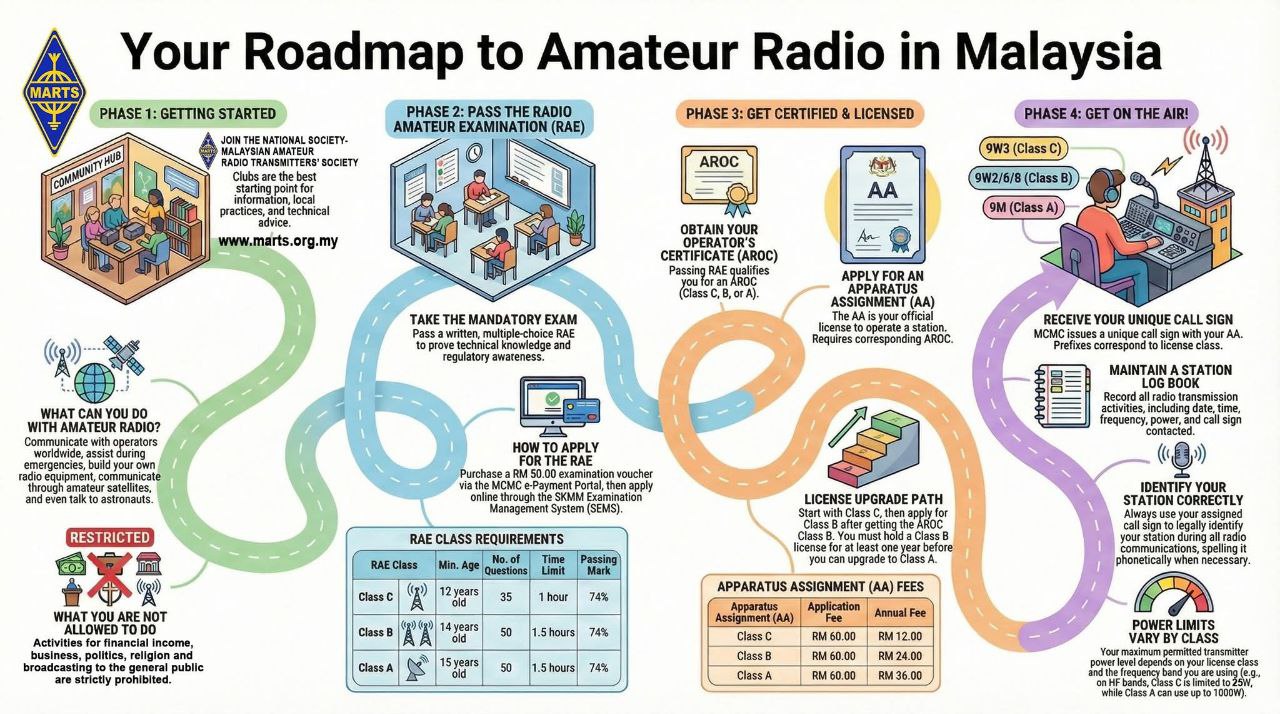The History of Malaysia: From Prehistoric Times to the Present Day
Prehistoric Era and Early History
Prehistoric Malaysia
Archaeological evidence suggests that Malaysia has been inhabited for over 40,000 years. The earliest known human remains were found in the Niah Caves in Sarawak, dating back to around 40,000 years ago. These early inhabitants were likely hunter-gatherers who used stone tools and lived in caves or simple shelters.
Ancient Civilizations and Early Kingdoms
By the first millennium CE, Malaysia was part of the maritime trade routes that connected China, India, and the Middle East. Early civilizations, such as the Kedah Tua (Old Kedah) in the Malay Peninsula, flourished due to their strategic locations along these trade routes. Indian and Chinese traders introduced Hinduism and Buddhism, leading to the establishment of early kingdoms like Langkasuka and Srivijaya.
The Malay Sultanates
Malacca Sultanate (1400-1511)
The Malacca Sultanate, founded by Parameswara (a prince from Palembang), was a significant turning point in Malaysian history. Established around 1400, Malacca quickly became a thriving port city due to its strategic location along the Straits of Malacca. The Sultanate facilitated the spread of Islam, which gradually replaced Hinduism and Buddhism as the dominant religion in the region.
Malacca’s success attracted the attention of European powers. In 1511, the Portuguese conquered Malacca, marking the beginning of European colonial influence in Malaysia.
Colonial Era
Portuguese, Dutch, and British Rule
The Portuguese control of Malacca was relatively short-lived. In 1641, the Dutch East India Company (VOC) seized Malacca from the Portuguese. The Dutch ruled Malacca until 1824, when it was ceded to the British under the Anglo-Dutch Treaty.
The British expanded their influence in the Malay Peninsula, establishing the Straits Settlements (Penang, Malacca, and Singapore) and later the Federated Malay States and Unfederated Malay States. British colonial rule brought economic development, particularly in tin mining and rubber plantations, but also led to significant social and political changes.
World War II and the Path to Independence
Japanese Occupation (1941-1945)
During World War II, Japanese forces occupied Malaysia from 1941 to 1945. The occupation was marked by harsh rule and resistance movements, including the Malayan People’s Anti-Japanese Army (MPAJA), which was supported by the communists.
Post-War Period and Independence
After World War II, the British attempted to form the Malayan Union, which faced strong opposition from the Malays due to its perceived threat to Malay sovereignty and privileges. In response, the British agreed to the establishment of the Federation of Malaya in 1948, which granted more autonomy to the local rulers.
On August 31, 1957, the Federation of Malaya gained independence from Britain, with Tunku Abdul Rahman as its first Prime Minister. In 1963, the Federation expanded to include Singapore, Sabah, and Sarawak, forming Malaysia. However, Singapore was expelled from Malaysia in 1965 due to political and ethnic tensions.
Modern Malaysia
Economic Development and Industrialization
Post-independence Malaysia focused on economic development and industrialization. The New Economic Policy (NEP), introduced in 1971, aimed to eradicate poverty and restructure societal imbalances by promoting affirmative action for the Bumiputera (indigenous Malays and other indigenous groups). This policy led to significant economic growth and the development of industries such as palm oil, manufacturing, and electronics.
Political Landscape
Malaysia’s political landscape has been dominated by the Barisan Nasional (BN) coalition, led by the United Malays National Organisation (UMNO), for much of its history. However, in 2018, the Pakatan Harapan (PH) coalition won the general elections, marking the first change in government since independence. This victory was significant in demonstrating the maturity of Malaysia’s democratic processes.
Social Issues and Racism
Malaysia’s diverse population includes Malays, Chinese, Indians, and various indigenous groups. This diversity has occasionally led to ethnic tensions and issues of racism. The NEP and subsequent policies aimed to address economic disparities between the ethnic groups, but they have also been criticized for fostering resentment and inequality.
Efforts to promote national unity, such as the 1Malaysia campaign, have sought to bridge ethnic divides, but challenges remain. Ensuring fair representation and equal opportunities for all citizens continues to be a critical issue in Malaysia’s social development.
Malaysian Military
Formation and Modernization
The Malaysian Armed Forces (MAF) were established during the colonial period, with roots tracing back to the establishment of the Malay Regiment in 1933. The MAF comprises the Malaysian Army, Royal Malaysian Navy, and Royal Malaysian Air Force.
The military has undergone significant modernization since independence, focusing on improving its capabilities and readiness to address both conventional and unconventional threats. Malaysia’s strategic location and active participation in regional security initiatives, such as the Five Power Defence Arrangements (FPDA), have underscored the importance of a robust military.
Current Status
The Malaysian military continues to modernize its equipment and enhance its capabilities. The Army focuses on mobility and firepower, the Navy on maritime security and power projection, and the Air Force on air defense and surveillance. Malaysia also participates in international peacekeeping missions and joint military exercises with other countries.
The Future: Towards Becoming a First World Country
Malaysia has made significant strides in economic development, infrastructure, and education. However, to achieve First World status, several key areas need continued focus:
- Economic Diversification: Moving beyond traditional sectors like oil and gas, palm oil, and manufacturing to high-value industries such as technology, biotechnology, and renewable energy.
- Education and Innovation: Investing in education to produce a highly skilled workforce and fostering a culture of innovation and research and development (R&D).
- Infrastructure Development: Enhancing transportation, digital infrastructure, and urban planning to support economic growth and improve the quality of life.
- Governance and Transparency: Strengthening institutions, promoting good governance, and combating corruption to build investor confidence and ensure sustainable development.
- Social Cohesion: Addressing ethnic and social inequalities to promote national unity and social stability. Inclusive policies that benefit all citizens can help mitigate racial tensions and foster a cohesive society.
- Environmental Sustainability: Implementing sustainable practices to protect natural resources and address climate change, ensuring long-term environmental health and economic viability.
Conclusion
Malaysia’s journey from prehistoric times to the modern era is marked by significant historical events, economic development, and social challenges. The country’s diverse cultural heritage, strategic location, and dynamic economy position it well for future growth. By focusing on key areas of development and addressing social issues, Malaysia has the potential to achieve First World status and provide a prosperous and harmonious future for its citizens.






Post Comment